If you're ironing out the causes of inconsistent golf swings and aberrant shots, it's worth finding out if your form trends along a steep (more vertical) angle. Sharper downswings carry several drawbacks, including a disunified kinetic chain and less control over the angle of contact with the ball.
By learning how to shallow the golf club, it's easier to track your hand's path with the head of the golf club and exert greater consistency over your swings scientifically, addressing just one variable at a time.
What is Shallowing the Golf Club?
Many golfers unnecessarily swing the golf club down too aggressively. This creates a sharp angle of attack with the ball and wastes much of your stroke's power. Steep downswings also tend to engage the upper body before the lower body. This creates disconnection in your body's kinetic chain, leading to a more random and injury-prone form.
By contrast, shallowing the golf club aligns the club with that all-important parallel angle with the ground before allowing the club itself to fully take over. Doing so also creates a more fluid and consistent motion, unifying the hands, arms, and club throughout the entire swing. Shallower swings also help prevent the club from trending along an improper lateral angle (i.e., too outward or inward when seen from behind).
The Importance of Shallowing the Golf Club During a Swing
Shallowing your golf club is one of the most effective ways to take the guesswork out of your game. Many golfing students express confusion over when to exert control over their swings vs. when to let the club's weight, inertia, and trajectory take over. A shallower swing helps reveal that fine line between when to adjust your form and when to "let go" and allow the club to carry itself through to completion.
Drills designed to shallow the golf club also encourage golfers to pause between the back and the forward swing, which improves awareness of inconsistencies that occur during rushed shots. For these reasons and more, a shallower swing is often the key to:
-
Greater economy of motion
-
Higher swing consistency
-
Better upper- and lower-body alignment
-
Less bodily strain & injury
-
Ideal contact angle with the ball
-
Greater control over distance and flight angle
Drills to Help Shallow Your Golf Swing
Learning how to shallow the golf club is much easier with an established routine. This is one area where golfing simulators shine, paring your game down one variable at a time. Here are several tried-and-true drills for developing a shallower golf swing that is much easier and more effective with a consistent frame of reference:
-
Take a slight pause between the upswing and downswing
-
Straighten/lengthen your trailing arm and extend the trailing wrist during the downswing
-
Pull the trailing elbow inward as you pull the golf club down
-
Measure your swing angle and aim as close as possible to 45°
Improve Your Swing With AccuGOLF
Like many golf exercises, learning how to shallow the golf club can feel like taking yourself back to basics. That's why it's important to get the most from your practice sessions rather than encumber your time at the course with form mechanics. It stands to reason (and hard data proves) that greater consistency during practice also leads to more consistent (plus faster) skill development.
That's especially true with golfing simulators leveraging advanced algorithms backed by hundreds of thousands of live golf swing data from some of the sport's top pros. To learn more about AccuGOLF, contact us. You'll be a stone's throw away from a clean, fluid, and shallower swing.
Featured Image: Mr.Somchai Sukkasem / Shutterstock




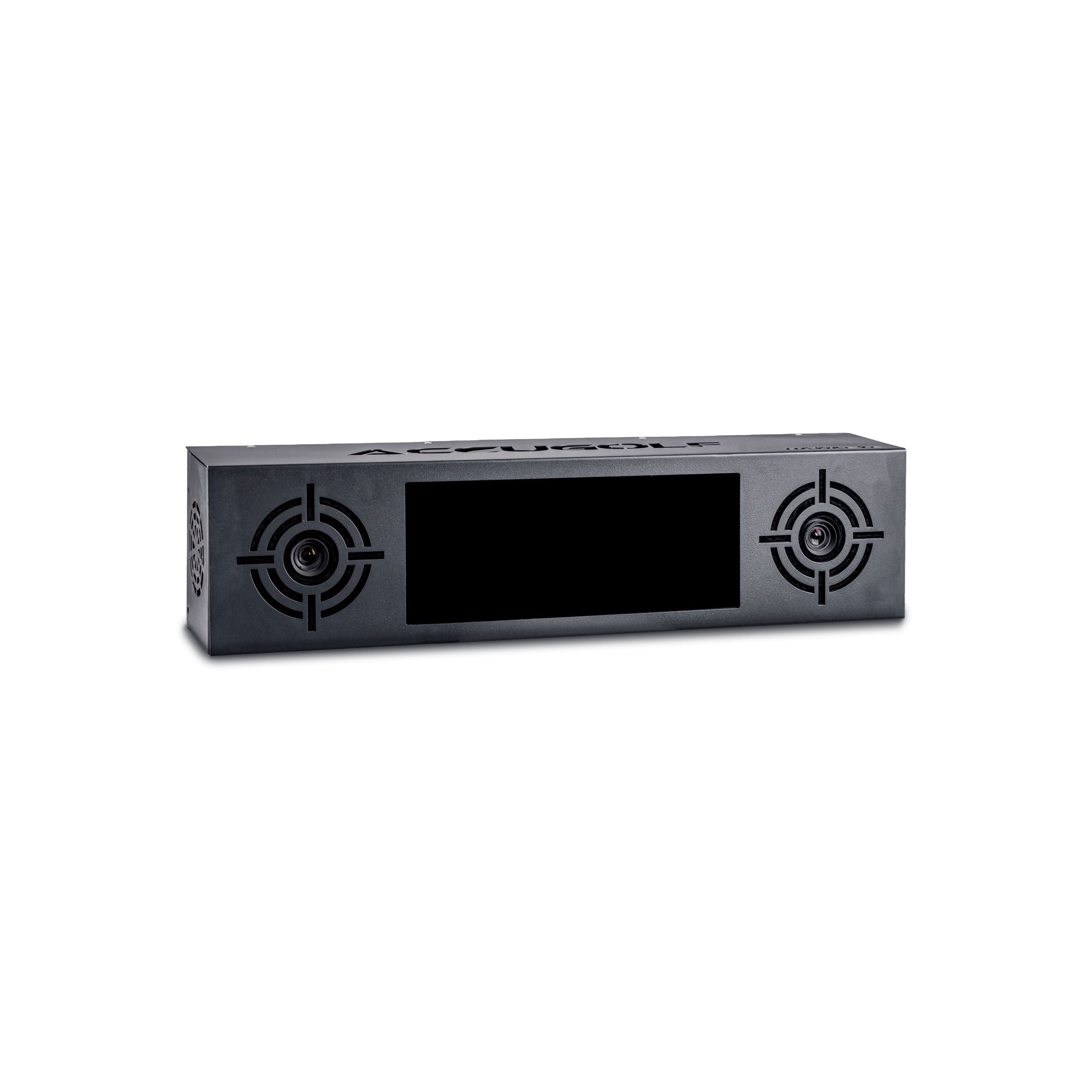

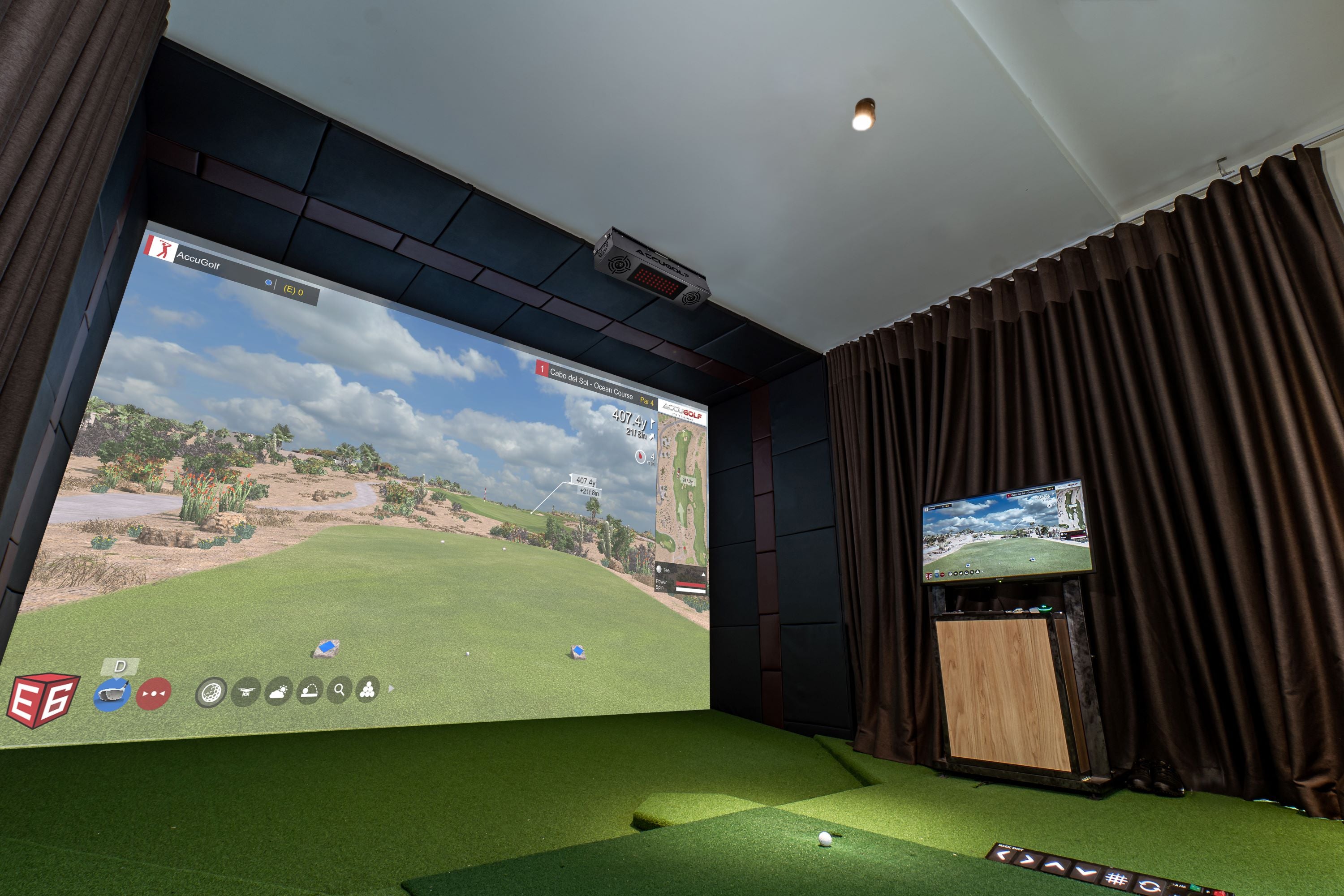
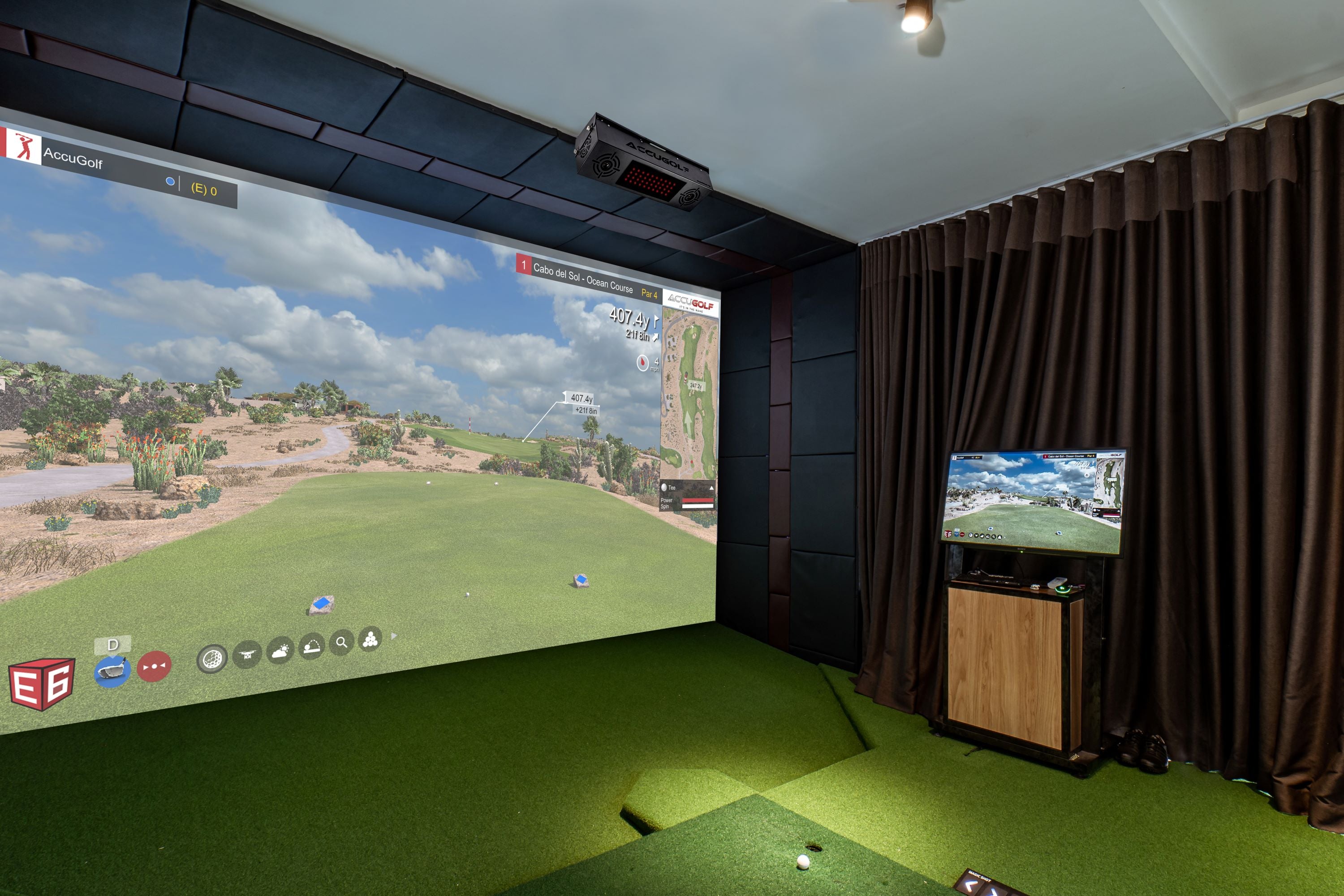
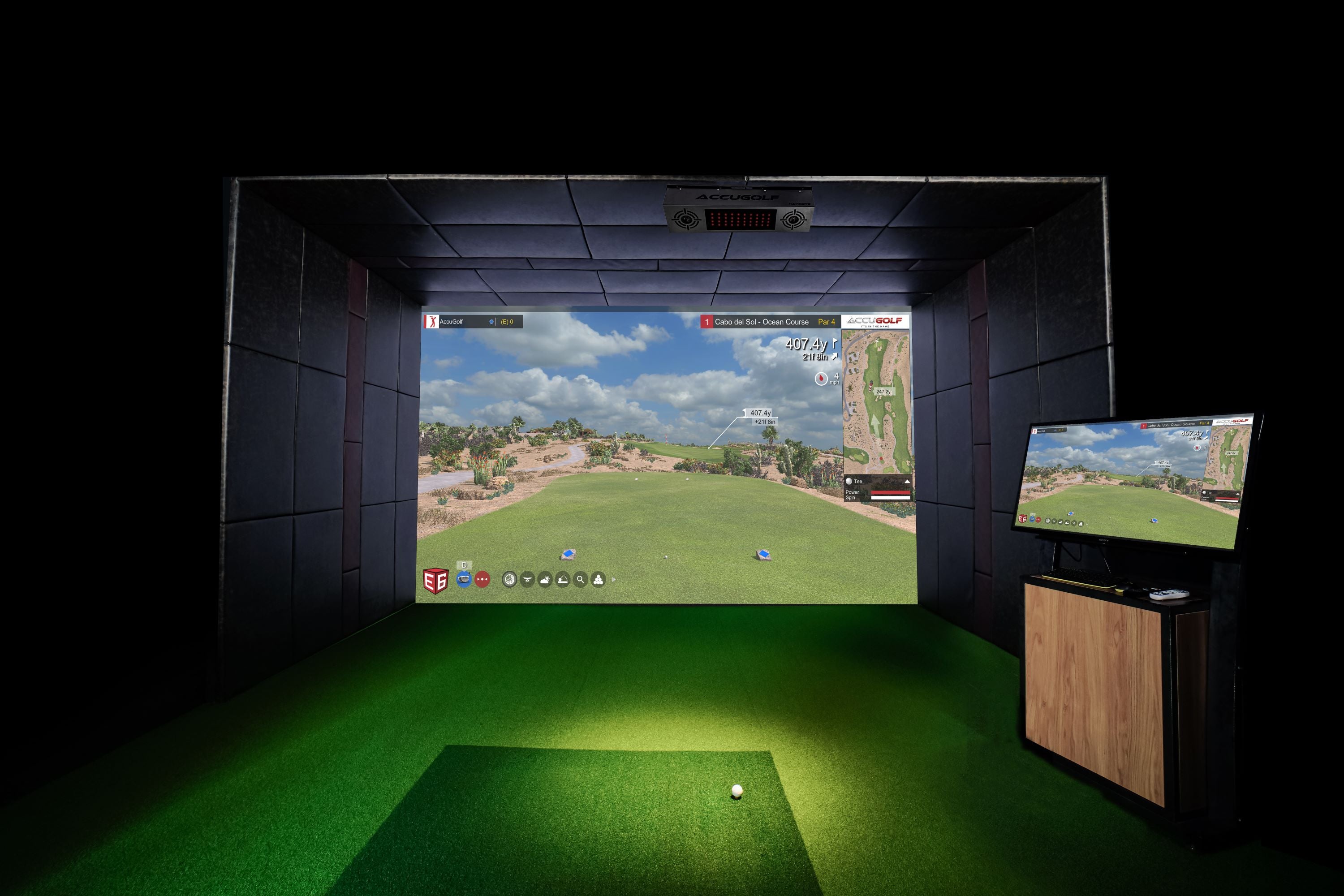
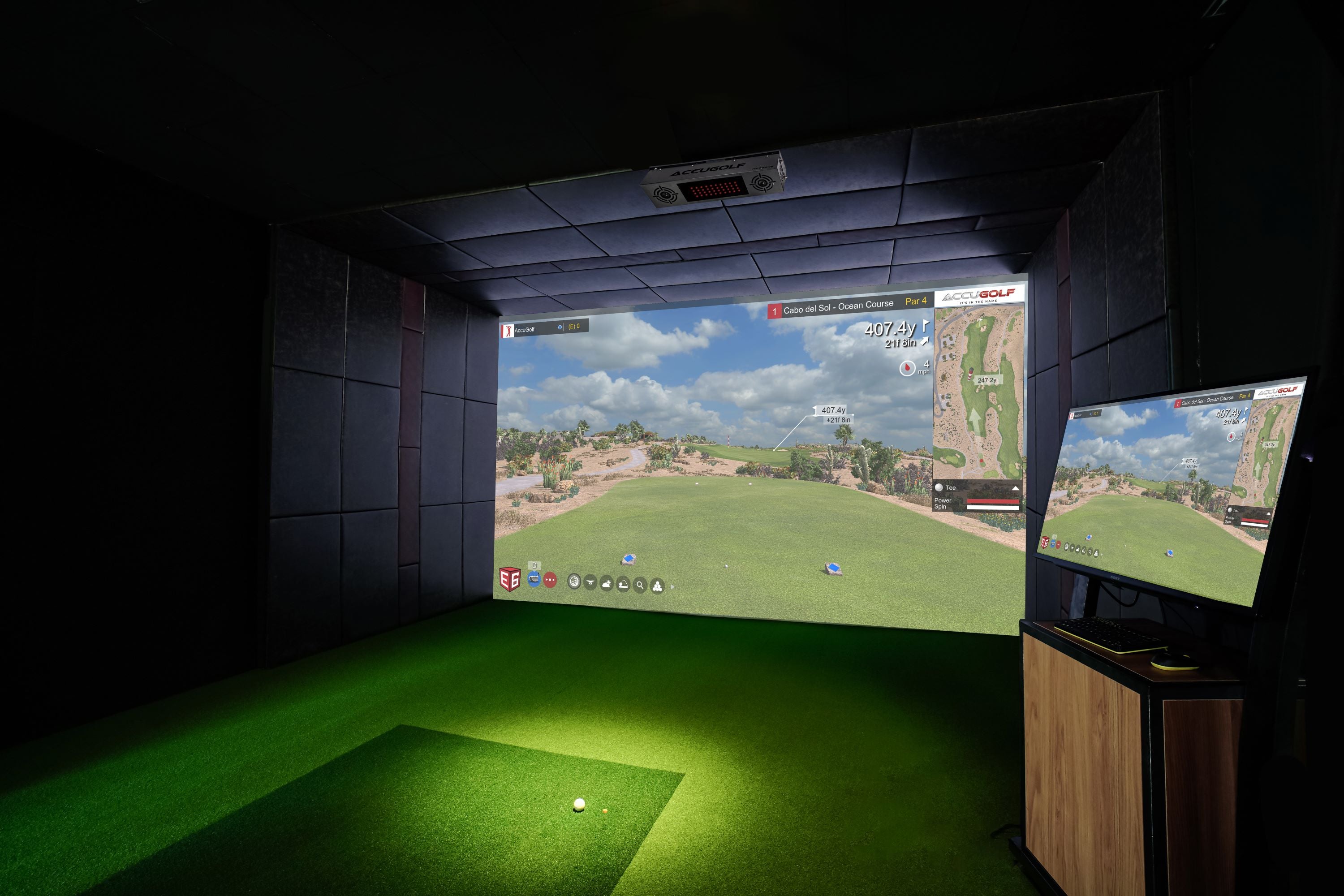
Improve your Game with These Golf Simulator Tips
How to Stop Pulling Irons Left